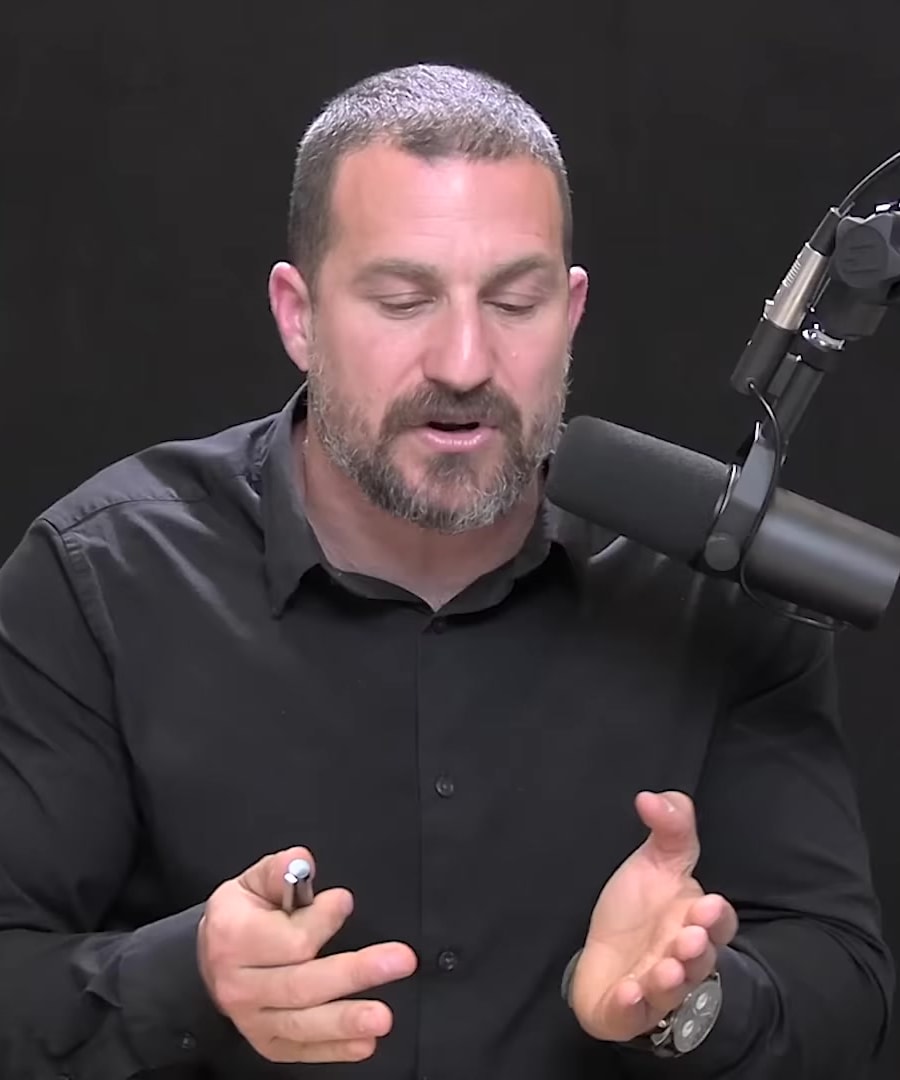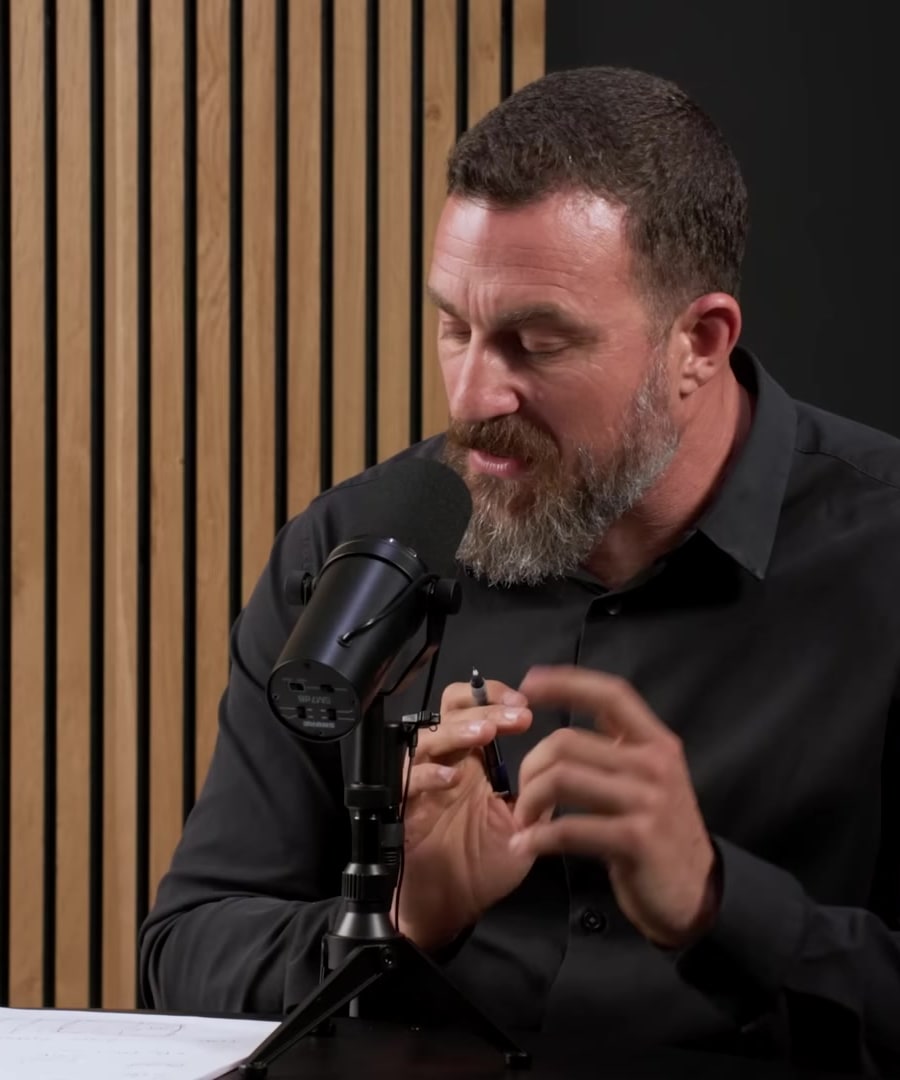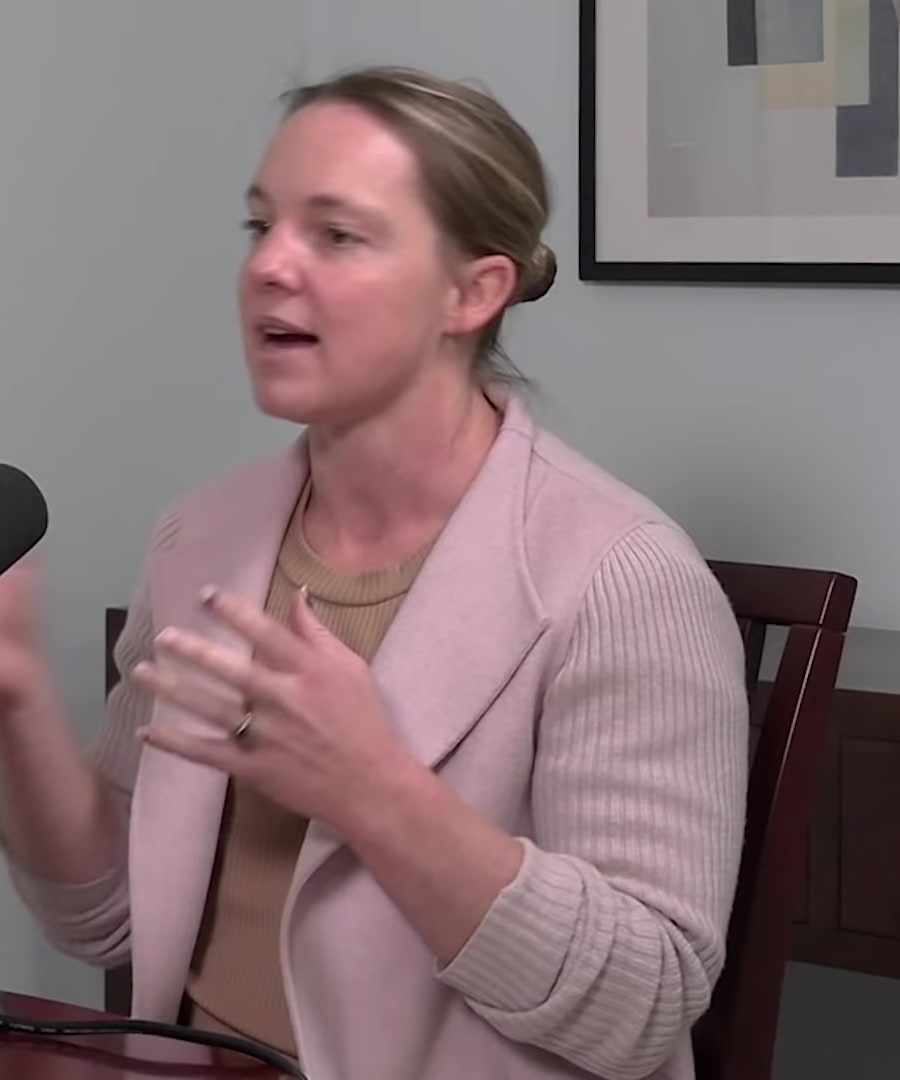what is the best strategy I can use to loose weight ?
Sources:
The best strategy for weight loss, as mentioned by , involves combining exercise, nutrition, and lifestyle interventions. Here's a concise summary based on insights from the :
Exercise:
- Engage in high-intensity exercise followed by either low-intensity exercise or regular daily activities, ideally when fasted for fat loss optimization 1.
- Utilize a combination of high intensity interval training (HIIT), sprint interval training (SIT), and moderate intensity continuous training (MICT) to affect fat loss 2.
Nutrition:
- Improve food choices by eliminating sugar 3 and focusing on foods with positive metabolic effects, utilizing tools like the recommendation engine from the web-based tool, perfect 4.
- Consider your dietary preferences, like low-carb diets, which can be effective for non-active individuals or those engaging in low-intensity, long-endurance activities 5.
Lifestyle:
- Incorporate more daily movement and walking into your routine as part of a healthy lifestyle and to support weight loss efforts 3.
- Develop new habits slowly and sustainably to ensure long-term adherence and success 3.
Always remember, individual differences can affect how well a particular weight loss strategy will work. Consult a healthcare professional before making significant changes to your exercise or dietary routine.
RELATED QUESTIONSCan you provide more detailed exercise routines for weight loss?
Sources:
Here are detailed exercise routines and concepts for weight loss based on insights and discussions from various episodes of the :
High-Intensity and Low-Intensity Training:
- Incorporate high-intensity training a few times a week. This can include circuit-type exercises (burpees, push-ups, sit-ups, pull-ups) with the goal of breathing hard for around 30 minutes.
- After high-intensity training, either rest or engage in low-intensity training or daily activities.
- This pattern leverages adrenaline (epinephrine), which is key for fat loss via fat thermogenesis and oxidation 1.
Interval and Cardiovascular Training:
- Consider interval training and cardiovascular activities outdoors, like track workouts, hill sprints, or cycling.
- Add regular weightlifting sessions.
- Transition into pure cardiovascular fitness phases where more calories are typically expended, which could align with a higher calorie intake during colder months or holidays 2.
Exercise Variety and Appetite:
- Experiment with different exercise forms (like weightlifting or cardio machines) to see how they affect appetite and calorie burn.
- Recognize that cardiovascular exercise might not spike appetite as much as weightlifting does 3.
- Overall, regular engagement in physical activities can increase sensitivity to satiety signals and help regulate appetite more effectively than being sedentary 4.
Mindset and Physical Activity:
- Maintain a mindset that your physical activities—whether part of exercise routine or daily work—are beneficial for your health and fitness.
- Understanding the health benefits of your activities can make them more effective and improve health outcomes 5.
Remember to tailor these routines to your individual fitness level, preferences, and lifestyle. It's important to scale up the intensity gradually and consult with a fitness professional when designing your personalized weight loss exercise routine.
RELATED QUESTIONS
what is the best strategy I can use to loose weight ?
- RELATED QUESTIONS
Can you provide more detailed exercise routines for weight loss?
- RELATED QUESTIONS








